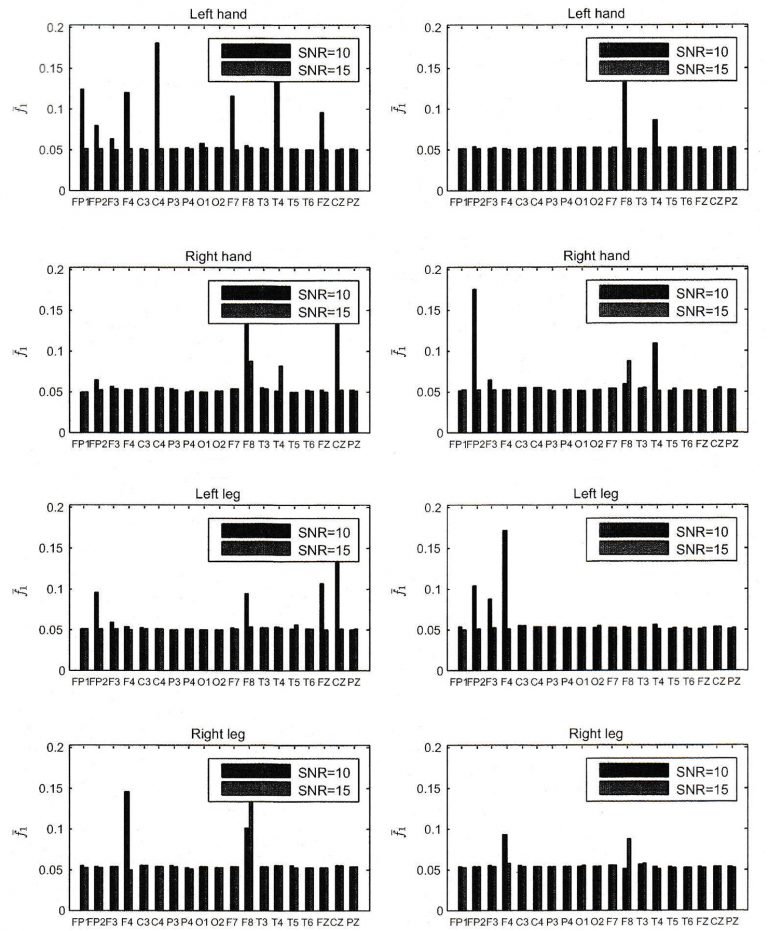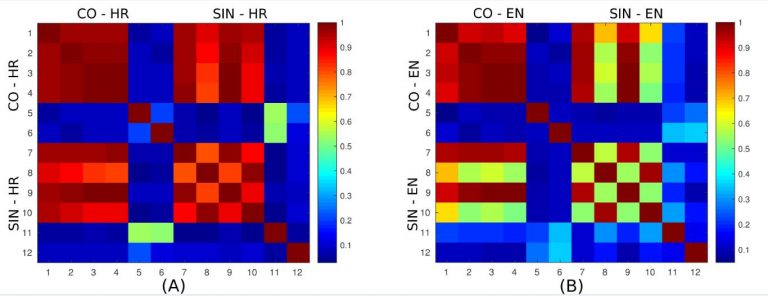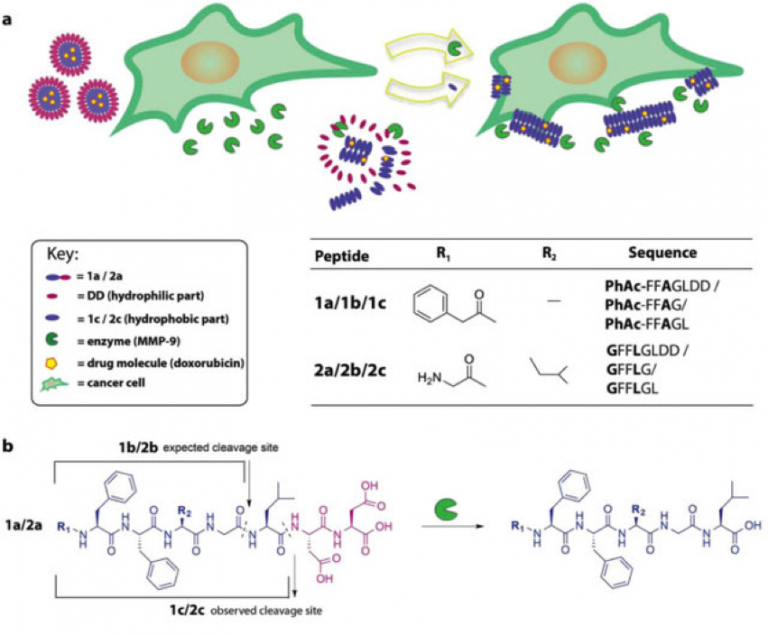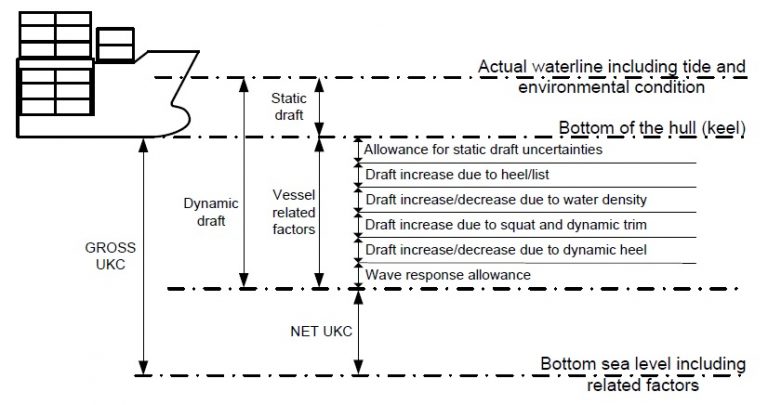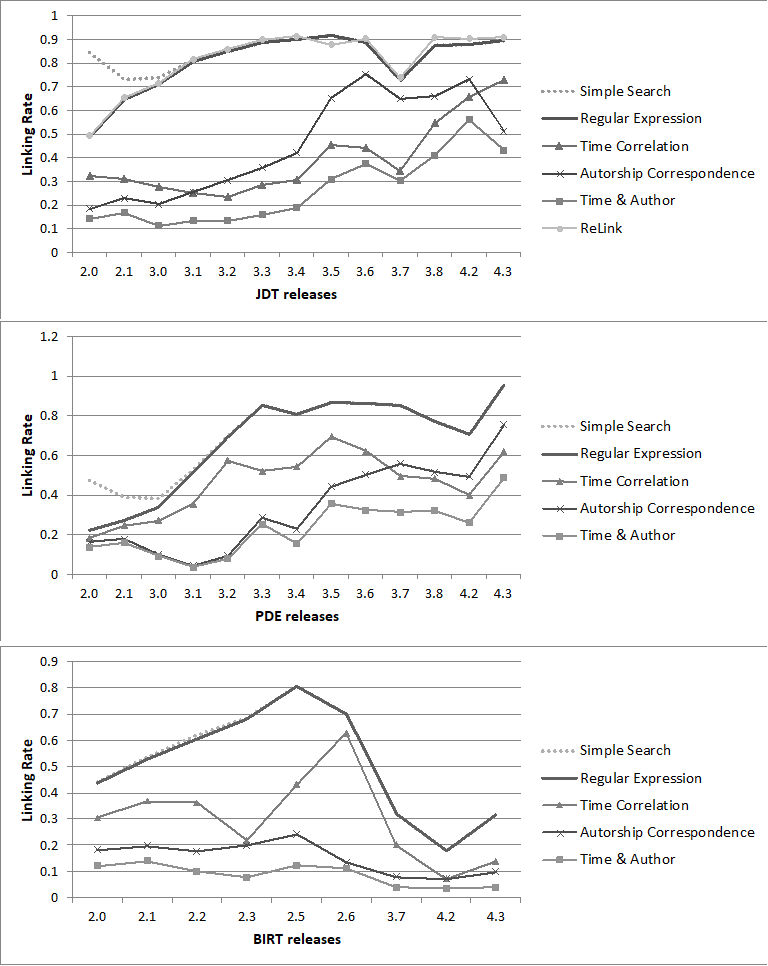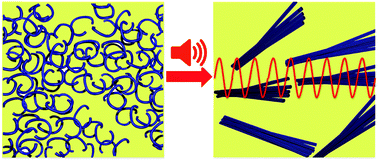Stochastic electroencephalogram (EEG) signals are known to be nonstationary and often multicomponential. Detecting and extracting their components may help clinicians to localize brain neurological dysfunctionalities for patients with motor control disorders due to the fact that movement-related cortical activities are reflected in spectral EEG changes. A new algorithm for EEG signal components detection from its […]
Research Papers
Multilayer Network of Language: a Unified Framework for Structural Analysis of Linguistic Subsystems
Recently, the focus of complex networks’ research has shifted from the analysis of isolated properties of a system toward a more realistic modeling of multiple phenomena — multilayer networks. Motivated by the prosperity of multilayer approach in social, transport or trade systems, we introduce the multilayer networks for language. The multilayer network of language is […]
MMP-9 triggered self-assembly of doxorubicin nanofiber depots halts tumor growth
A central challenge in cancer care is to ensure that therapeutic compounds reach their targets. One approach is to use enzyme-responsive biomaterials, which reconfigure in response to endogenous enzymes that are overexpressed in diseased tissues, as potential site-specific anti-tumoral therapies. Here we report peptide micelles that upon MMP-9 catalyzed hydrolysis reconfigure to form fibrillar nanostructures. […]
What makes classification trees comprehensible?
Classification trees are attractive for practical applications because of their comprehensibility. However, the literature on the parameters that influence their comprehensibility and usability is scarce. This paper systematically investigates how tree structure parameters (the number of leaves, branching factor, tree depth) and visualisation properties influence the tree comprehensibility. In addition, we analyse the influence of […]
Improved LPA-ICI-Based Estimators Embedded in a Signal Denoising Virtual Instrument
Adaptive filters embedded in a user-friendly virtual instrument (VI) for signal denoising are proposed in the paper. The filters are based on the local polynomial approximation (LPA) and equipped with the improved intersection of confidence intervals (ICI) rule, known as the relative intersection of confidence intervals (RICI) rule, in order to achieve adaptivity to high […]
Partial structural analysis of the ECDIS EHO research: The safety contour
As primary navigational mean, Electronic Chart Display and Information System became an inevitable tool and decision-making assistance. ECDIS implementation entails several issues, ranging from proper understanding, education, training, handling and acceptance of this, still relatively new, technology. The navigational tool has changed, however traditional navigational skills remain, or at least, they should sustain. ECDIS EHO […]
A Systematic Data Collection Procedure for Software Defect Prediction
Software defect prediction research relies on data that must be collected from otherwise separate repositories. To achieve greater generalization of the results, standardized protocols for data collection and validation are necessary. This paper presents an exhaustive survey of techniques and approaches used in the data collection process. It identifies some of the issues that must […]
Alignment of nanostructured tripeptide gels by directional ultrasonication
We demonstrate an in situ ultrasonic approach to influence self-assembly across the supramolecular to micron length scales, showing enhancement of supramolecular interactions, chirality and orientation, which depends on the peptide sequence and solvent environment. This is the first successful demonstration of using oscillating pressure waves to generate anisotropic organo- and hydrogels consisting of oriented tripeptides structures.
Integrating Blink Click interaction into a head tracking system: implementation and usability issues
In the area of human–computer interaction, contemporary head tracking systems are often used as camera-based mouse emulators. While head movement detection provides the basis for related mouse shifting and positioning, standard click actions are usually emulated using stillness counter techniques such as Dwell Click (DC). However, these techniques can be a source of enlarged interaction […]
Exploring the sequence space for (tri-)peptide self-assembly to design and discover new hydrogels
Peptides that self-assemble into nanostructures are of tremendous interest for biological, medical, photonic and nanotechnological applications. The enormous sequence space that is available from 20 amino acids probably harbours many interesting candidates, but it is currently not possible to predict supramolecular behaviour from sequence alone. Here, we demonstrate computational tools to screen for the aqueous […]
